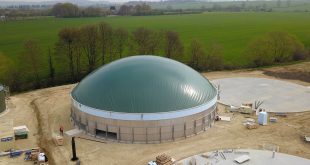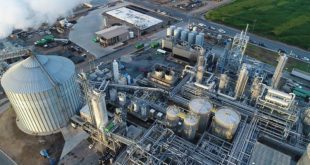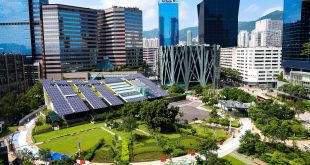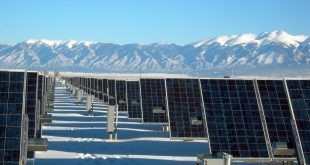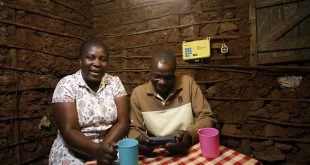The U.S. federal National Renewable Energy Laboratory offers a renewable energy program that studies and disseminates news on the latest in energy efficient building technologies. Recognizing that construction designed around energy efficiency is crucial to growing the countries energy independence, these renewable energy programs research as well as train U.S. residents. They work closely with manufacturers and others in the construction and building industry, promote renewable energy endeavours and provide information to both consumers and builders about the financial savings involved in renewable energy. NREL also works with state and municipal regulatory agencies to improve their building regulations and codes and their energy standards for appliances.
This NREL Building Technologies Program supports renewable energy research and development, helping it stay focused on areas such as materials for switch able window technology, thermodynamics, building heat transfer, and engineering of renewable energy heat and cooling systems. The engineers and research scientist of the National Renewable Energy Laboratory work closely with the industry, testing and evaluating new designs for buildings, new technology and new energy-efficient equipment for both commercial and residential structures.
The primary focus of the NREL building technologies program is the improvement of residential dwellings, commercial structures, the equipment and other components of such buildings, the energy involved in heating and cooling each and delivering the requisite water, the tools to analyze energy consumption, green energy manufacturing, and energy-efficient appliance and lighting standards. Key to these missions are such NREL initiatives as its Zero Energy building program, its initiative for Solid State Lighting, and its Electro chromic Window project. An initiative called Building America is another important offshoot of the renewable energy focus of the building technologies program. NREL also collaborates with a similar building technologies initiative of the federal Department of Energy. This is administered by the Energy Efficiency and Renewable Energy office.
Distributed energy is another facet of NREL initiatives. This can be used for power to our base loads, during peak time hours, as backup power, as remote power and for heating and cooling. Renewable distributed energy refers to the many small and modular technologies to generate power that work in combination with storage systems and energy management to advance the efficiency and improve the overall operation of our electricity delivery, whether connected to an electrical grid or not.
NRELs Distributed Energy Program supports renewable energy by researching various technologies that are thermally activated. It also develops the EERE program, including its Web site and other communications. NREL collaborates as well with the non-profit technology transfer associations and organizations developed throughout the various states.
More: continued here
 Alternative Energy HQ solar power for homes, wind energy, and bio fuel issues
Alternative Energy HQ solar power for homes, wind energy, and bio fuel issues



